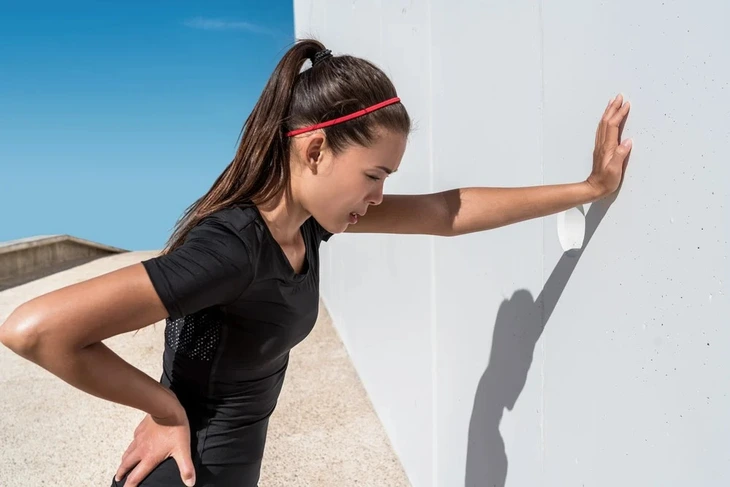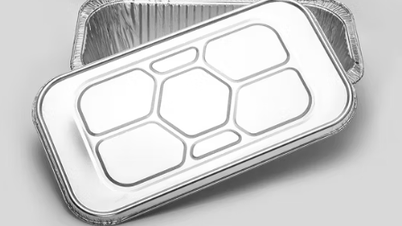
Everyone faces the risk of hip dislocation - Photo: XN
Why is the hip shaken?
When the hip is shaken, the practitioner will feel a sharp pain, usually appearing in the right or left lower rib area, sometimes spreading to the back or down to the hip.
Although not dangerous, side jolts are uncomfortable and can affect athletic performance. Side jolts are also extremely common in people who are not used to exercising .
Modern sports science has provided many clear explanations and remedies for this phenomenon.
According to a medical review published in the journal Sports Medicine, hip flexor is the result of a series of physiological mechanisms involving the diaphragm, nervous system, and digestive system.
The most common view is that side stitches are caused by a temporary spasm or lack of blood flow to the diaphragm — the large breathing muscle located between the chest and abdomen. When a runner breathes rapidly, shallowly, or irregularly, the diaphragm can overwork, leading to a localized pain.
Another cause is friction between the peritoneum and internal organs during continuous movement, especially when the stomach or intestines are full of food or liquid.
Additionally, eating too close to exercise time can cause blood to pool in the stomach, reducing blood supply to the diaphragm.
Some experts also mention the possibility of intercostal nerve irritation or abdominal muscle weakness, especially in people who do not regularly exercise their core muscles.
What to do when you have a hip sprain?
When you have a hip sprain while running or playing sports in general, the first treatment is to slow down or switch to light walking.
If you are playing contact sports like soccer, you should leave the field and walk around the field.
What you should avoid is sitting down and breathing immediately after a hip shock, because it can make the pain worse because the sitting position affects the diaphragm, circulatory system...
This helps regulate breathing and reduces pressure on the diaphragm. Runners should inhale deeply through the nose and exhale slowly through the mouth.
A little trick is to adjust your breathing so that you exhale when the opposite foot hits the ground, to reduce vibrations in the affected area. You can also apply light pressure to the painful area, bend forward slightly, and breathe deeply to reduce spasms.

When you get a side shock, you need to slow down and not sit down to breathe immediately - Photo: XN
In many cases, if the pain is only mild or dull, the exerciser can continue running at a lower intensity.
However, if the pain is sharp, severe, or lasts long after you stop running, you should stop running completely and rest. If the condition recurs frequently, it is best to see a doctor to rule out medical problems such as gallstones, appendicitis, or digestive disorders.
To reduce the risk of hip sprains in the future, it is necessary to adjust eating and exercise habits.
According to recommendations from sports experts at the Mayo Clinic, runners should eat at least 1.5 - 2 hours before running, choose foods that are easy to digest and avoid carbonated drinks or drinks with too much sugar. Drink water in small sips throughout the day, instead of consuming a large amount before running.
In addition, strengthening the abdominal muscles and diaphragm with exercises such as planks, leg lifts or deep abdominal breathing also helps stabilize the abdomen and limit pressure on internal organs.
A thorough warm-up, including rotational movements and respiratory muscle warming, is an important step that cannot be skipped before starting any running session.
Source: https://tuoitre.vn/dang-tap-the-thao-bi-xoc-hong-nen-lam-gi-20250709200555317.htm




































































































Comment (0)